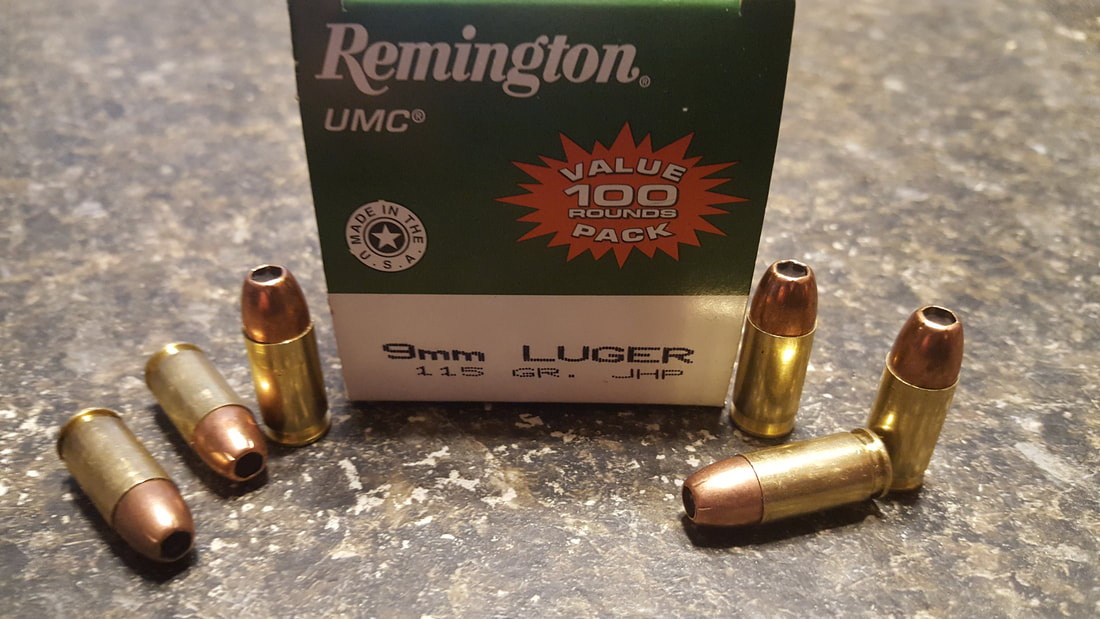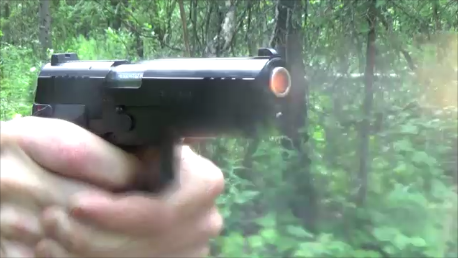|
If you take your shooting skills seriously, you will test your shooting skills periodically in order to see where you stand. The best way to do this is through what the industry calls “drills”. I personally call them “tests” because that is exactly what they are. Take a moment and look up what “drills” are so we can all be on the same page prior to beginning. So let us start out by making it clear that tests are meant to expose what you learned and drills are meant to help you learn a specific thing/skill. For this article, I am going to cover how to do pistol drills so you can test yourself with confidence.
I am sure that every one of us has been told to focus on the front sight in order to get an accurate shot off. Unfortunately, this is a concept that was misapplied and misinterpreted for decades. Imagine if you were told to focus and stare at the front of your vehicle while travelling a hundred miles per hour while the rest of the world is completely blurry. This is practically the same thing, especially when people recommend this technique for combat shooting where your threat and you are both moving.
Have you ever wondered if there was a way that you could sharpen some of your attributes like visual processing and reflexes in order to read your sights faster, shoot faster, process threats faster, and be able to handle stressful events with a cool head? Yeah, there are ways to program your brain and keep it sharp and performing at a high level.
I am not one who believes in putting a gun on safe during immediate action (Tap, Rack, Bang) or slide lock/bolt lock reloads. The point of these manipulations is to correct the issue as fast as possible because you need to have the gun back in the fight as soon as possible. The last thing you should be doing during these times is a form of virtue signaling. Perhaps focusing on weapons handling and proper adherence to the safety rules is more reasonable than adding steps to manipulations and mechanics that can't even be universally applied.
Ammunition seems to be slowly getting back onto the shelves, but people still are not able to fully indulge as they once did. In turn, people have made the judgement that without enough ammunition, they can’t train. This comes from the assumption that “Range Time” is the only way in which skills are developed or maintained. In fact, I would go as far as to start this article off by saying that 99.99% of you reading this would perform better if you started training off the range and stopped thinking of the range as a primary training ground. This lack of ammo on the shelves can be a blessing in disguise if you are serious about advancing your skills.
ALICE is often labeled as old gear that is all but useless today. Perhaps ALICE is old and less convenient than the MOLLE system, but I have not found it to inhibit my ability to fight. Now throw on a plate carrier and a pouch for everything you think you need, and we have a problem. ALICE was not just created in a vacuum where people had no concept of the importance of comfort and speed reloads. In fact, the ALICE mag pouches were made to facilitate speed reloads in all climates and conditions without having to stare at the pouch.
I am not one for clinging to drills that are actually meant to be used as a test. I feel that it is much more reasonable and practical to conduct drills on skills that need to be rehearsed over and over again until they are second nature. Kneeling and presenting your rifle from the patrolling low ready is an important skill to develop. It is not as simple as taking a knee and aiming, but rather involves a few key steps that must be practiced often in combination. When done right, no matter the direction of the target, this technique will enable you to precisely engage in as little as 1 second. This requires speed, coordination, and good weapon handling skills. I personally use a 12lb rifle for this and every drill, so you don’t have an excuse.
One of the sexiest displays of tacticool is switching from your primary/carbine to your secondary/pistol with great speed. I know a lot of people find it to be a sexy maneuver, but it is actually a basic and necessary skill that requires a lot of practice. There are a few reasons why someone would switch from their rifle to their pistol. Much like conducting reloads, it will be because they HAVE TO or WANT TO. The HAVE TO scenario is the rifle no longer functions due to no ammunition or a stoppage, and the threat is still active. The WANT TO scenario is clearing a small space where a carbine/SMG is too big to maneuver around. Now let’s look into the fine science of this sexy maneuver.
In this article, I want to cover the subject of shooting fast enough to matter. I am sure that most people reading this article are only going to register the first part of the title, but my goal is to anecdotally and logically assert my position on what shooting fast enough to matter actually means. There are several parts of shooting that take up time, depending on how much you work on them. I want to dissect the parts and traits of shooting and analyze the merits of concentrating on them individually during training. Shooting fast doesn’t just mean working the trigger fast, despite what the industry tells you.
In the movie ‘Jarhead’ the characters are seen going on a jog in full MOPP gear. Gas masks and full MOPP gear are notorious for holding in heat and hurting performance. Some would consider training or exercising in a gas mask to be the ultimate punishment or torture. It is said that you lose visibility and the ability to breathe with a gas mask on. This could be why gas mask training can be seen as a sanction or punishment. I prefer to see a gas mask as a training tool.
|
Do It RiteAlaska-Based Youtube Vlogger, Retired Marine, Firearm and Gear Tester. Archives
December 2023
Categories
All
|









 RSS Feed
RSS Feed